Many students blow past grade-level spelling and vocabulary at a pretty young age. Unfortunately, a common technique to “challenge” them is to find harder and more obscure words for their spelling list. This is not fun, useful, or motivating. Rather, it turns a child’s natural skill into an exercise in tedium.
I always say, aim for interesting, not challenging. Here’s what that means for spelling and vocab.
Homographs
Let’s look at homographs: words that look the same, but have different meanings (and perhaps different pronunciations).
The word “subject” is a homograph since it has three different definitions, plus two different pronunciations. It’s not a “challenging” word to spell, but its multiple meanings offer fun ambiguity and complexity.
Let’s look at three activities that build on homographs.
1. Matching Definitions
This is by far my favorite use of homographs: create a two-column matching activity, but use only definitions – no words.
Here’s an example:
|
|
Students must match the two definitions that go with the same homograph. 2 and D go together since their word is “dove.” 3 and A both go with the word “tear.” The remaining words are contract, wound, and model.
I’ve created an app to help you build these worksheets.
You could even hand this task over to students to build. Give them five homographs and ask them to create the two-column form. Writing the definitions are tricky (but fun) since you can’t give too much away.
2. Create a Product
Students can advertise a product that incorporates multiple meanings of a word:
- A river bank bank: a convenient place for fish to save their money.
- A book booker: automatically calls the library to reserve your favorite novels.
- A compressible compress: a bandage that folds up very small.
3. Use Every Meaning
Finally, students can use a word’s multiple meanings in a sentence or paragraph:
Evil King Byrd liked to subject his subjects to lectures about his favorite subject: the history of the toothpick.
Increase the complexity by making it a requirement to include multiple meanings of three different homographs in one paragraph. Let’s try: duck, bank, and dove.
The skateboarding dove banked her skateboard off a river bank, ducked into a spin, and then dove under the water, barely missing a duck.
Naturally, students can create an illustration to go along with their writing and their products.
Hopefully, these are helpful examples of tasks that are complex but not tedious; challenging but still fun.
